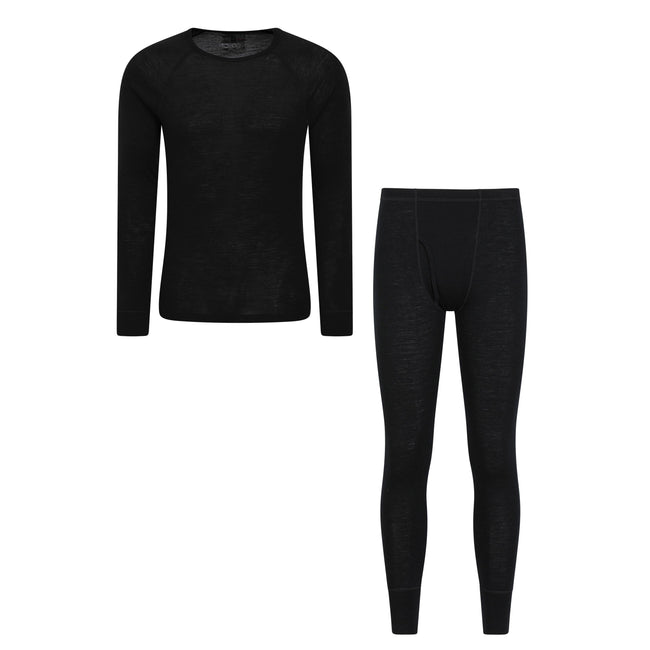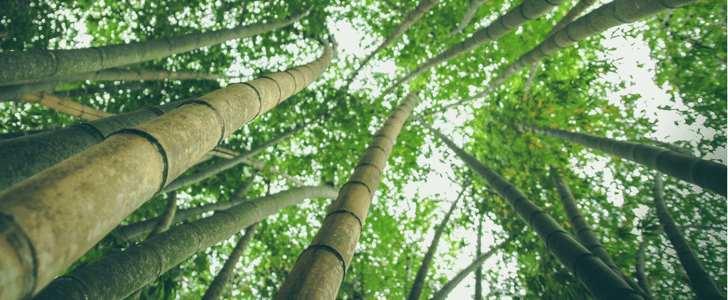New Bamboo Clothing Tips
Wiki Article
Why Is Yak Merino A Great Base Layer To Wear For Winter Sportswear?
Yak merino based base layers are great for winter sports clothes due to their superior performance and also due to the fact that they have natural fiber benefits in addition to environmental sustainability. Biodegradable and renewable.
Merino and Yak are both natural fibers that come from animals. They are renewable resources and can be harvested sustainably without harming animals. They are biodegradable, and they do not damage the environment.
Low environmental impact
Natural fibers produce less pollution than synthetic fibers. Wool is produced with fewer chemical compounds than synthetic fibers, and requires less energy that is not renewable.
Energy Efficiency
The manufacturing of synthetic fibres such nylon or polyester requires more energy. The process of making natural wool requires less energy, and also reduces carbon emissions.
Reduced Microplastic Pollution
Natural wool fibers are not accountable for microplastic contamination of waters, unlike synthetic fibers that release microplastics after being washed.
Recyclability and Longevity
The clothes made of yak merino are generally durable and last for a long duration. Wool fibers can also be repurposed or recycled, which reduces consumption.
Sustainable Practices
Certain wool producers follow ethical and sustainable practices. This includes the protection of animals as well as responsible land management. Also, they ensure decent working conditions and fair conditions of work for the workers who are involved in the production.
Environmental Certification-
Certifications such as the Responsible Wool Standard and the Global Organic Textile Standard verify ethically and environmentally responsible methods used in the production of wool. It gives consumers confidence of the sustainability of wool production.
Base layers made of Yak merino are usually environmentally friendly because they come from natural and renewable sources. They also have minimal environmental impact when they are produced and use sustainable and ethical supply chains. Choosing natural fibers like yak merino wool for winter sportswear is a step towards the environment and is responsible consumption practices. Check out the best over at this website about merino wool base layers for blog advice including smartwool 250 base layer women's, merino thermals, wool mid layer, best baselayers for skiing, merino wool base layer womens, base layer moisture wicking, smartwool long johns, wool thermals womens, best merino base layer, cheap merino wool base layer and more.

What Are The Benefits Of Wearing Bamboo Clothes In Terms Of Softness And Antibacterial Properties, Durability And Renewability?
Bamboo clothing has many advantages in terms of its softness, antibacterial properties and durability, and renewability. It is soft-
The luxurious feel of bamboo fabric is well-known for its silky soft texture, often compared to luxurious materials like cashmere or silk. It feels soft and soft against the skin and provides a comfortable wearing experience.
Antibacterial Properties
Natural Antimicrobial Qualities Bamboo is a natural antimicrobial ingredient known as "bamboo kun." This property prevents the growth on fabric of odor-causing fungi and bacteria.
Durability-
Strength- Bamboo fibers are strong and durable despite their softness. Bamboo clothing is able to withstand normal wear and tear which makes it suitable for various activities without compromising its quality.
Renewability-
Rapid Growth Bamboo is a sustainable resource and grows rapidly, without needing pesticides. Bamboo can be harvested in a very short time and minimize the environmental impact.
Sustainability-
Bamboo is an environmentally friendly product. It's natural material with less environmental impact. Bamboo's rapid expansion as well as its water-saving qualities and its capacity to adapt to a variety of climates are just a few factors that contribute to the sustainability of the material.
Biodegradability-
Natural breakdown - Bamboo clothing can be biodegradable. This means they can decompose themselves in a natural manner after the end of their life cycle. This reduces the quantity of non-biodegradable material in landfills, and helps to minimize environmental pollution.
Hypoallergenic Qualities
The less irritation Bamboo fabric is known to be less susceptible to skin irritation and allergies than other synthetic materials. This makes it the perfect choice for skin with sensitive issues.
The combination of softness and antibacterial properties, as well as longevity, renewability, and sustainability makes bamboo clothing an appealing option for those who want comfortable, functional and sustainable clothing. These qualities provide a positive wear experience and go along with environmentally-friendly practices. Follow the top koraoutdoor.com winter clotihng for site advice including bamboo sweater, bamboo fiber t shirt, bamboo jeans, bamboo pants mens, bamboo cay shirts, bamboo yoga trousers, bamboo clothing wholesale, bamboo clothing brand, bamboo t shirts wholesale, bamboo jeans and more.

How Does The Texture, Warmth And Moisture Absorption Of Bamboo And Merino Compare To That Of Wool?
When comparing merino, bamboo clothing and traditional wool, we can compare them in terms of warmth, texture, and moisture absorption- Texture-
Merino Wool Merino Wool, also known as fine-fibered wool is renowned for its smoother texture and softer fibers. It is generally thought of as being more comfortable to the skin.
Bamboo Clothing Bamboo fabric is soft and silky. It's often compared to luxury materials like silk or Cashmere. It has a soft and gentle feel, offering an enjoyable wearing experience.
Traditional Wool Traditional Wool is available in a variety of textures. Some are more coarse than others and may cause discomfort or itchiness.
Warmth-
Merino Wool Merino is a great wool to warm yourself due to its insulation properties. It holds heat even when damp, and is an excellent insulation in cold weather.
Bamboo Clothing is warm, however it isn't as much insulation as wool. It can regulate body temperature, and can be comfortable in a variety of conditions.
Traditional Wool- Like merino wool, traditional wool provides warmth and insulation. However, it may feel bulkier or heavier than bamboo or merino clothing.
Moisture Absorption-
Merino Wool Merino Wool's moisture-wicking property allows moisture to be able to escape from the skin. It stays warm even if wet.
Bamboo Clothing - Bamboo fabric will also absorb moisture, providing comfort for exercise. It regulates moisture and keeps wearers dry.
Traditional Wool- Even though wool has the ability to absorb water, it doesn't have the same moisture-wicking characteristics like bamboo or merino. Wool can be heavy and damp when wet.
In the end, merino Wool is renowned for its warmth, softness, and moisture-wicking capabilities. Bamboo clothing offers an ultra-soft texture and adequate moisture and warmth. Wool clothing can have various textures and provides warmth and moisture absorbency however, it can appear coarser or heavier than bamboo and merino clothing. Each material has different properties to meet the different needs in clothing. Take a look at the top rated read more here for more advice including ll bean merino wool base layer, wool base layer mens, smartwool base layer womens, merino 250 base layer, smartwool classic thermal, best merino base layer, smartwool thermals, ski layers womens, base layer for warmth, merino wool base layer womens and more.
